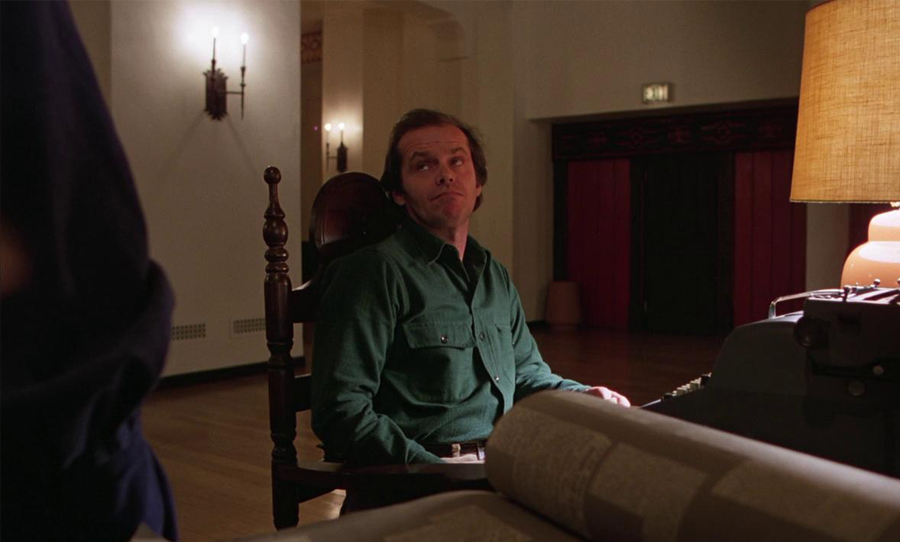If you start writing using these five handy comma tricks, your writing will be mellifluous, leaving readers incredibly satisfied.
Nothing says take a breath, like a comma. See what we did there? The full stop that fell over has been guiding our reading experiences for years and years, and its usage can make or break your writing. Turns out commas can also break the bank.
Did you know that in 2018, Oakhurst Dairy was forced to pay $5 million to three truck drivers after settling in court, all because Maine State Law didn’t use a comma? But enough of that, we’re not here for crazy stories. We’re here to learn some game-changing comma rules. And learn we will.

Rule #1 – The Oxford Comma
Vampire Weekend once famously sang on their debut record: “Who gives a fuck about an Oxford comma?” Rhetorical musings aside, turns out a lot of people do.
The Oxford comma, also known as the serial comma, has long yielded controversy regarding the relevance of its usage. If you’re unaware of its meaning, the Oxford comma refers to the last comma used in a sequence which lists more than two things. For example, in “a pencil, a pen, a book, and an Oxford comma”, the oxford comma is positioned right after “book”.
The Oxford dictionary has deemed its usage optional, but dare we say, Happy knows better. Unless told otherwise by your boss or client, an oxford comma will make your lists clear, and much easier for readers to digest.
Rule #2 – You’ll need a comma and a coordinating junction to connect two sentences
“I lost my shirt, I went shirtless”.
Hmm, that didn’t read very smoothly, did it? Allow me to explain why. If you’re going to connect two separate sentences together, merely inserting in a comma will not suffice. Try using a coordinating junction. Here’s some we prepared earlier: For, And, Nor, But, Or, Yet, or So. (Use the acronym FANBOYS to remember!)
Using a coordinating junction, let’s try re-writing the example sentence: “I lost my shirt, so I went shirtless”.
Much better.
Rule #3 – A comma can link an incomplete sentence with a complete one
To have a complete sentence, you need a subject, a verb, and a thought that stands on its own. For example: “Due to the rain” is not a full sentence, as the thought it contains is very much incomplete.
Don’t convince yourself it’s a narrative hook, future Shakespeare, you’ve simply written an improper sentence. However, do not fear! Commas are exceptional tools for linking incomplete sentences with full ones.
Take a look: “Due to the rain, Matt stayed inside and watch Netflix all day”.
Speaking of which, check out our Netflix recommendations here.
I love when my mom texts me incomplete sentences at 12 am
— annika𓆃 (@psibyli) October 25, 2020
Rule #4 – Use commas to break up your sentence into essential and non-essential information.
Let’s face it, we’re not all Hemingways. More often than not, writers are guilty of excessively long sentences instead of short, muscular ones. Myself included. Regardless, commas are once again here to make tangents bearable for readers.
By splitting up a long sentence of relevant and non-relevant information with a comma, readers are given space to breathe, making the information easier to process. I’ll give you that sentence again with no commas so you can understand the difference:
“By splitting up a long sentence of relevant and non-relevant information with a comma readers are given space to breathe making the information easier to process”.
What a disastrous rollercoaster of information overload. Next time, try a few commas.
Ernest Hemingway's terse sentences would've made him great for Twitter. He also had advanced mastery of shirtless pics.
— Stephen Colbert (@StephenAtHome) January 22, 2014
Rule #5 – Use a comma before ‘while’ to separate ideas
Follow this rule or be subjected to using the cruelly formal ‘whereas’ instead.
Let’s take a look at an example: “I like bread, while my friend likes butter”. The comma in between these two ideas separates them so that their meanings don’t become muddled.
Alternatively, “I like bread while my friend likes butter” contains no comma, meaning the subject only likes bread when their friend likes butter. That’s right, a comma is more than capable of changing the meaning of an entire sentence. Just ask Oakhurst Dairy.
Up Next: Copy and paste these symbols to spice up your social media ♥



